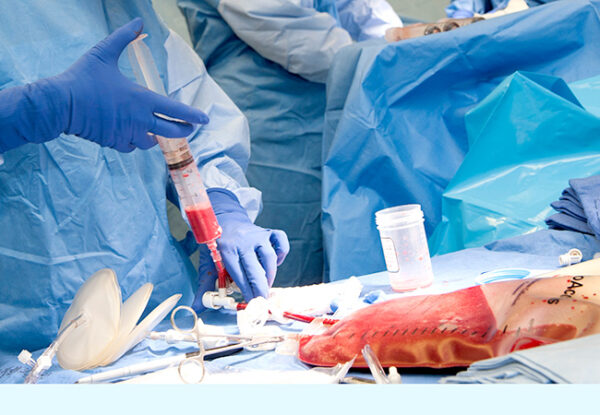Bone Marrow Transplantation – Know the Seven Steps Involved

It could be that the bone marrow is attacked and destroyed or damaged by any infection, disease or due to chemotherapy. In such a case, it will be essential to carry out transplantation of the damaged and weak cells and get it replaced by the healthy cells. This effectively means that the unhealthy cells will be replaced by the healthy ones. This is termed to be a medical procedure where, blood stem cells are said to travel towards marrow. The latter in turn tends to develop new blood cells, promoting new marrow growth.
It appears just like a sponge and fatty tissue can be noticed within the bone, thus creating following blood parts:
- RBC (Red Blood Cells) carrying nutrients and oxygen all over the body.
- WBC (White Blood Cells) helps to fight infection.
- Platelets are responsible toward forming blood clots.
They also assist to generate sufficient amount of platelets, RBCs or WBCs for preventing bleeding disorders, anemia or infections. It is possible to have low cost bone marrow transplant in India and enjoy a wonderful long life.
Types of bone marrow transplant
There are two categories of the same:
- Allogeneic BMT
- Autologous BMT
The seven steps
- Planning in advance: It is important for the person to manage his personal issues, while planning simultaneously what needs to be done in conjunction with the best physicians in the domain. Planning ahead can help him pa proper attention towards recovery.
- Preparation: The development’s primary element is to get ready the donor for the transplant, be it the person himself or someone else being the donor.
- Conditioning: As the donor is ready to undergo the transplant procedure, the physician will initiate the conditioning regiment. It means, the person will begin to receive chemotherapy, complete body irradiation, and destroy unhealthy marrow and cancer.
- Transplant: It is only after conditioning is completed fully that transplant is likely to take place.
- Engraftment: It is considered to be a process where the stem cells availed from the donor begins to grow and develop. It effectively means that the bone marrow as well as the immune system has started to recover. The person will be monitored by the health professionals very closely and provided treatment for any complications or side effects which might arise. The caretaker and the transplant team would provide emotional support.
- Recovery after engraftment: Once allogeneic transplant is completed, the initial period of recovery will take just about three months and just a single month for autologous. However, the person will under rigorous observation, while there will be scheduled regular blood tests.
- Long term recovery: After allogeneic transplant, extended recovery period is present, where the person might have to meet the health professionals for proper follow-up for a long time. He will be offered long term resources which are related to the surgery he had undergone. The professionals will work with the team to provide the person, discharge evaluation.
The cost of a bone marrow transplant in India is much less when compared to other countries and the results are simply outstanding.




